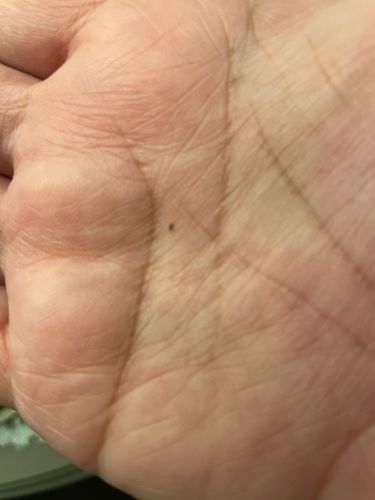Flea
Scientific Name: Siphonaptera (order), various families
Order & Family: Order: Siphonaptera, Family: Pulicidae (most common for household pests)
Size: 1.5 mm to 3.3 mm (0.06 to 0.13 inches)

Natural Habitat
Fleas thrive in warm, humid environments. They are often found on mammals and birds, particularly in pet bedding, carpets, rugs, upholstered furniture, and cracks in floors. They can also live outdoors in tall grass, sand, and shaded areas.
Diet & Feeding
Adult fleas feed exclusively on the blood of their hosts (hematophagy). Larval fleas feed on flea dirt (excrement from adult fleas, which contains dried blood), dead insects, and organic debris.
Behavior Patterns
Fleas are excellent jumpers, using their powerful legs to leap onto hosts. They are external parasites and spend most of their adult lives on their hosts, feeding and reproducing. Female fleas lay eggs after feeding, often dropping off the host into the environment. These eggs hatch into larvae, which then pupate into cocoons before emerging as adults when they detect a host nearby through vibrations, heat, and carbon dioxide. Their life cycle can be as short as a few weeks or extend for several months depending on environmental conditions and host availability. They are known for rapid infestation.
Risks & Benefits
Risks: Fleas cause itchy bites, leading to skin irritation, allergic reactions (flea allergy dermatitis), and secondary bacterial infections from scratching. They can transmit diseases such as murine typhus and plague (though rare in developed countries), and act as intermediate hosts for tapeworms (e.g., Dipylidium caninum) in pets and occasionally humans. Benefits: None to humans directly, but they are a food source for some predatory insects and small animals in the ecosystem.
Identified on: 11/5/2025